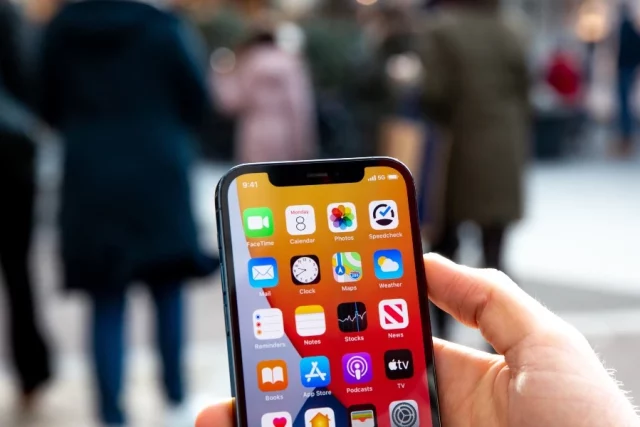As access to the Internet became an essential part of day to day life and the fastest and the most convenient way to get information, it is difficult to underestimate its importance in traveling abroad. Being on a trip, especially in uncommon places, requires an uninterrupted connection to the World Wide Web, in order to quickly get information about destinations, roots, prices, share photos and videos of your holiday leisure and feel safer while staying in touch with your friends and family. There are a range of ways to be supplied with internet connection while traveling, all of them having their pros and cons and different levels of convenience.
Ways To Get Travelers Internet
1. Using free WiFi
This option with exchanging SMS is available only while staying in a certain place. Almost every hotel, café and any other public place offers their visitors free access to the internet by using a local router. It allows you to use the Internet for free, however it cannot be provided any longer when you leave this place and usually has a low level of security and privacy. Moreover, good connectivity and speed can not be guaranteed while using this way.
2. Using roaming supplied by your constant carrier
A huge number of providers claim this way to be the easiest and the best in many aspects, however that can be strongly disputed. Getting a package of services from your provider that includes roaming does not require any additional actions but usually has a very unreasonable price. When traveling and using the Internet with the help of roaming provided by your regular SIM, one gets a huge bill for services afterwards. Moreover, the quality of such connections usually fluctuates, due to the scheme of providing.
3. Using a SIM of a local provider
If you consider the prices for roaming offered by your home provider to be unreasonable, you can purchase a SIM card from a local carrier. In this case, you can choose a more suitable package of services and not overpay for mobile Internet. Yet that purchase requires you to spend time and be able to communicate in a native language of your place of destination. The benefits of this include paying less for such services than for a similar amount in roaming. However, there are also some disadvantages. According to the local laws of the country one should strictly have to, for example, be charged for connection and buy a monthly plan, even though your journey lasts for several days. Moreover, it is not convenient if you are planning to visit more than one country.
4. Using an embedded SIM card (eSIM)
An alternative way is to connect travelers internet on your journey, which is becoming more and more popular. The main feature of this method is that you do not have to purchase a SIM card in the usual sense of the word. You install the package remotely by downloading it to the embedded communication module in your device. As a rule, eSIM operators are far more loyal to travelers and offer them to decide how long the connection period will last. For example, you can buy a tariff for a week and pay only for this period of time. The range of offered services can include dialing everywhere and access to the Internet. However, this method will be available only on certain devices (like iPhones and certain Samsung models), since the built-in communication module is not found in every model.
5. International Wi-Fi hotspots
The most expensive and trustworthy way to connect to the network. You can use a mobile router that connects easily to the satellite network and provides a stable connection to the Internet. You can take such a router with you, the device is able to set up a connection with a satellite from anywhere in the world, and you will have a network even in the most remote conditions from civilization. Moreover, it allows you to supply the Internet to several devices at once. But such a device will cost a tidy sum; in addition, you will have to pay for access to the provider’s services.
6. Using an international SIM card with global WiFi
This is a quite popular way of getting access to the internet among travelers. Instead of purchasing a local SIM card, one can get an international SIM card before the journey and use it in several countries. Depending on a SIM, such a way allows a user to stay online in up to 200 countries during 24 hours a day. It is very easy to activate and can be started using just after you leave your country. It usually works with popular mobile providers. However, this type of connection suits only for those who need mobile access to the Internet, so it is not suitable for business trips and those users who need to connect to the Internet with their laptops. So, your mobile device must be unlocked to use his function.
7. Using a USB dongle
While the previous way is not suitable for using the Internet on laptops, this type is supposed to work fine for it. It is used on devices which do not have Bluetooth or wireless network card, so these options can be added by using a USB. This way requires buying a local SIM card, moreover, usually it has speed limitations and poor network stability.
Modern technologies offer a wide range of possibilities to have access to the Internet while traveling. Depending on the purpose of a journey, one can find a way of staying online which is convenient exactly for him. Whether using local hotspots, acquiring a roaming service or buying a local SIM card or a remote router, all of the ways in the list have their advantages and drawbacks. However, considering all mentioned above, one of the most convenient ways of connecting to the Internet is using eSIM, which allows you to have multiple numbers at once and offers services at more pleasurable prices.














